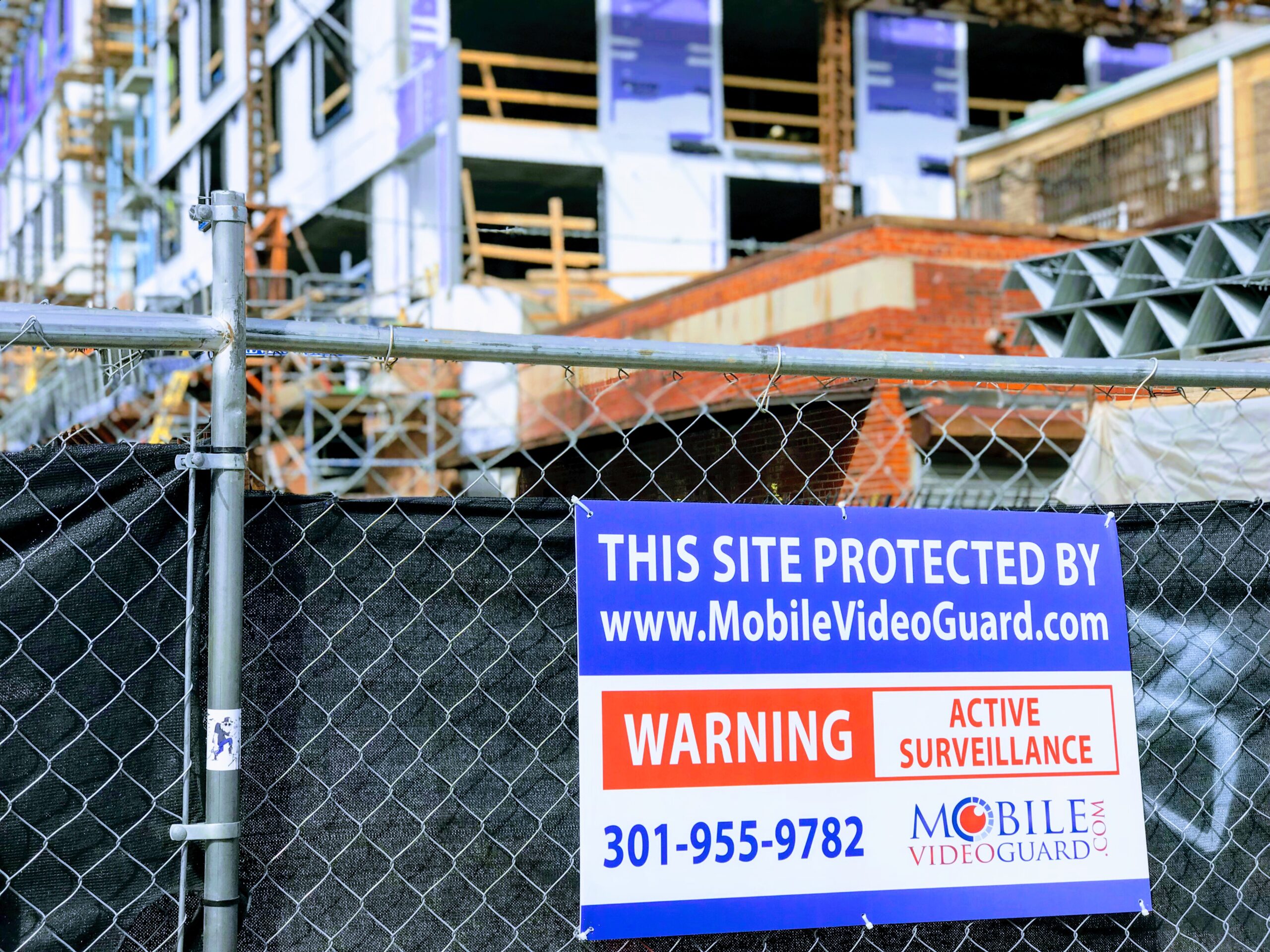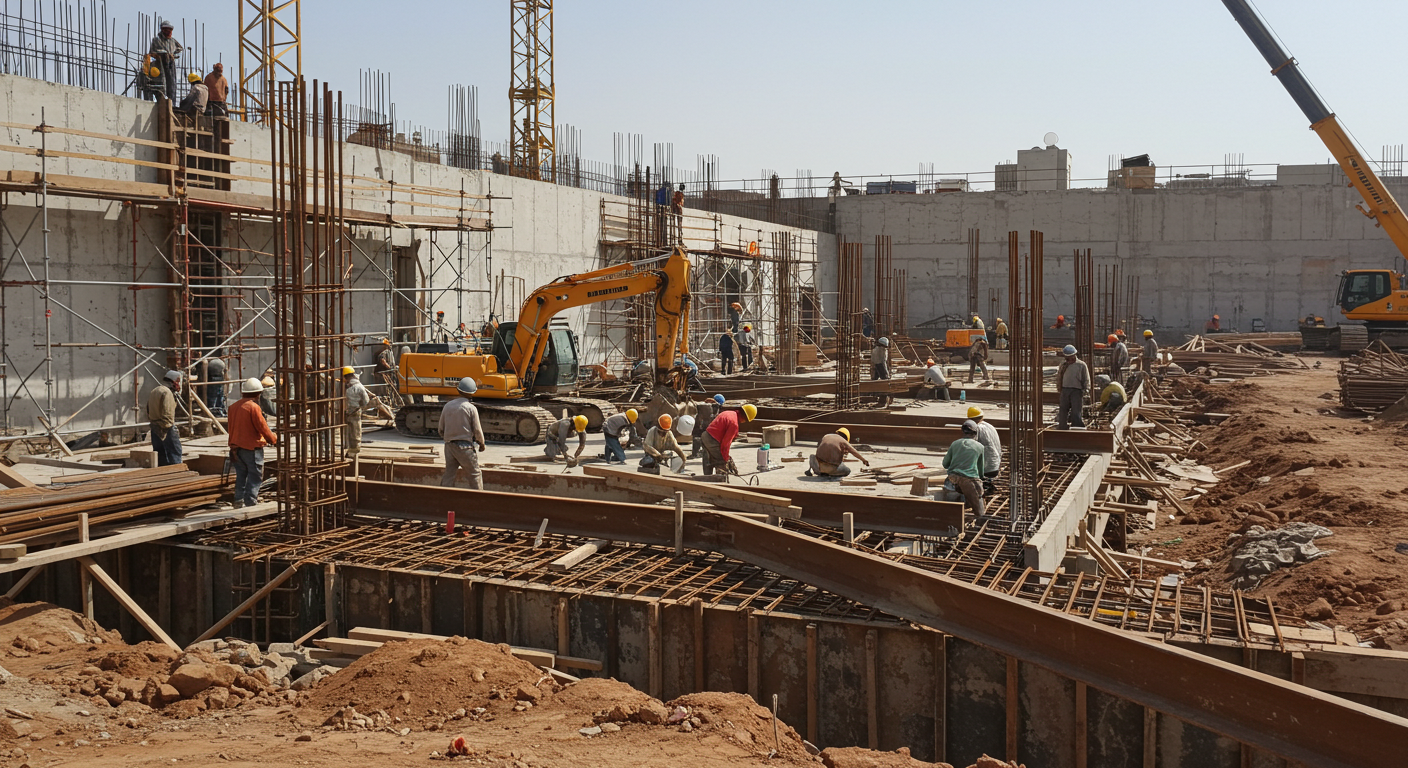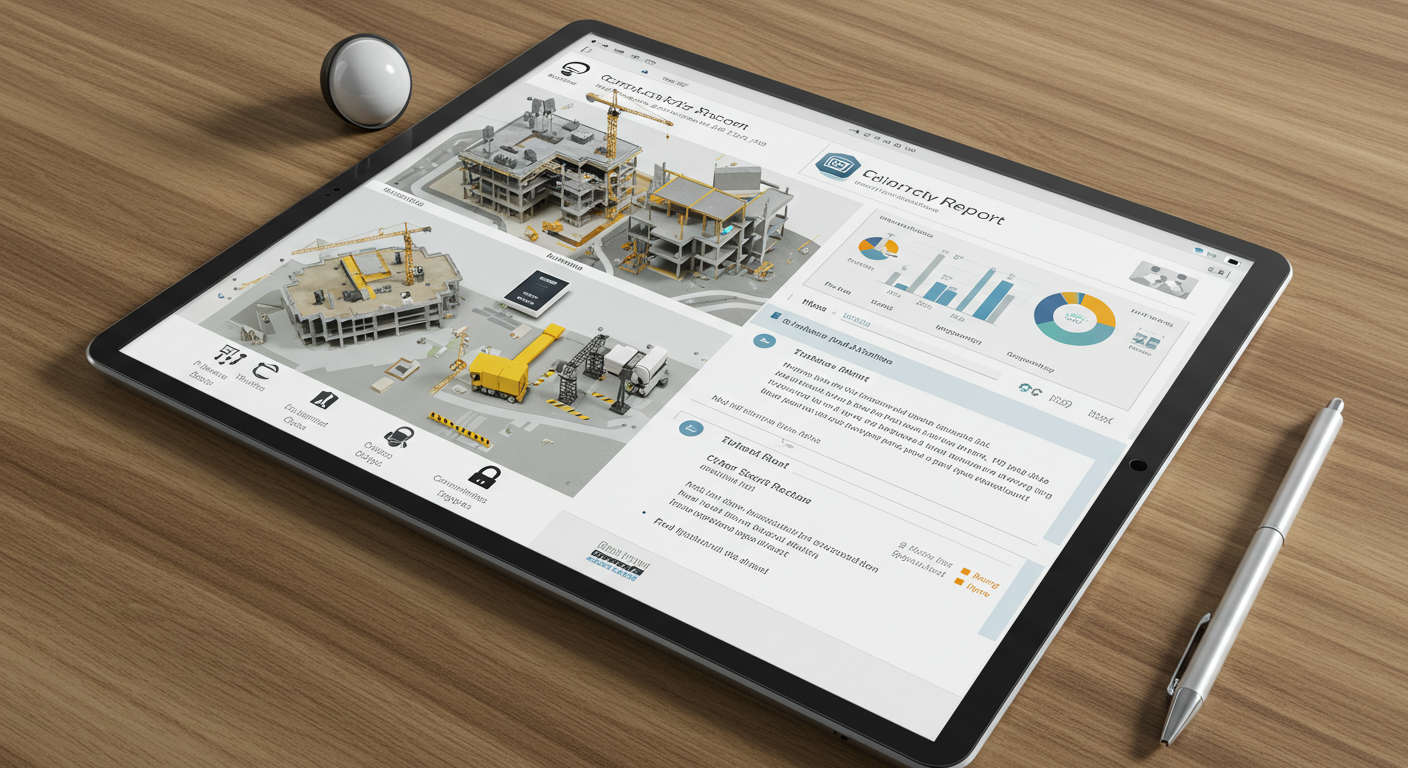There’s no denying that working on a construction site is risky work. In fact, construction is one of the most dangerous occupations there is.
In the USA, 21% of all recorded workplace deaths were in the construction industry. Considering the nature of the work, it’s not such a big surprise.
There are many factors which contribute to this level of danger. Construction sites are often very complex places.
There is a lot going on and many pieces of dangerous heavy equipment. The state of the site is constantly in flux. New hazards are constantly appearing.
If you want to improve the safety levels on your construction site, you need to utilize the right technology. There are many exciting new ways you can significantly lower the risk of death or injury on your construction site.
This article highlights some safe technology that can help make your construction site a safer place to work. In fact, we give you 10 pieces of technology you should consider.

1. Virtual Reality
By now, you’ve probably heard of virtual reality technology. But did you know there’s so much more to it than just playing games or entertainment?
Virtual reality construction training is really starting to take off. Bechtel Construction has recently launched a virtual reality training program. Trainees can step into a virtual construction site where they can learn the basics of construction site safety in a risk-free environment.
Virtual reality allows you to simulate hazards and situations in such a way that you could never do in the real world. You can simulate deadly mistakes in virtual reality, giving your workers invaluable experiences.
While virtual reality training is expensive, it’s been shown to reduce the number of incidents. This means it could pay for itself in the long-run.
Not only is virtual reality training effective, it’s also great fun. You won’t have much trouble convincing people to take part in this kind of training.

2. Smart Sensors
The average construction site has plenty of hazards, and not all of them are immediately visible. For example, asbestos or other toxins might be present on the site. Smart sensors are a great way to reduce these kinds of risks.
When you place smart sensors around the job site, they will react quickly if there is a dangerous toxin in the air. This means the workers can evacuate the site before any serious harm is done.
Smart sensors can also detect things like fire. In addition, it can read the levels of humidity in the air to the point where it can detect a leak in a pipe.
When something goes wrong on a construction site, time is of the essence. Smart sensors allow you to discover a problem as early as possible.Â
They can also use the data they’ve collected to conduct a longitudinal risk analysis. This means you can address construction site security problems before they even happen.

3. Drones
Workplace safety inspections are about to get a whole lot easier. Soon drones will be a common sight on construction sites. You can use them to inspect the site, keep an eye on workers, and to look for hazards.
Drones will make construction sites a lot safer, as they can conduct safety inspections without needing to risk a human worker.
For example, say you need to inspect an elevated area on an abandoned building. A human could easily fall through the roof if it’s old and rusted. This isn’t a problem for a drone.
Drones are also advantageous because they can take some great images of the site. Aerial pictures and videos are a great way to depict the progress you’ve made on a project.

4. Self-Driving Heavy Equipment
We’ve all seen self-driving cars, but how about self-driving heavy equipment? Manufacturers such as Caterpillar now have machines that can work autonomously or can be driven remotely.
This means the operators never need to be put in harm’s way. Sometimes, these kinds of machines can roll over, causing serious injury to the person inside.
The good thing about these unmanned machines is they’re intelligently designed and programmed. You can switch to one of these new machines without losing any of your productivity.

5. Construction Wearable for Fall Detection
Wearable technology is revolutionizing the construction site.
The Hollingsworths, for instance, have developed the Spot-r. This device provides unprecedented monitoring of workers. The device simply clips on to a worker’s clothes.
It’s connected to a wireless network, and the device is constantly reporting its location. This means you will always know where your workers are on the site.
On top of that, the device can automatically detect if its user experiences a trip or fall. It will then send out a notification so help can be sent immediately.
Falls are one of the biggest safety issues on construction sites. One of the big factors in injuries is that falls are not always immediately discovered. This means there is a delay in getting the injured person treatment.
With wearable technology, a fall is reported the instant it happens. Even if the person who fell is unconscious, the technology will still call for help.

6. Construction Wearables for Data Gathering
Another great thing about the Spot-r system is that it can do automatic attendance checks. In the event that the site needs to be evacuated, it makes it very easy to do a headcount.
The fall detection system can collect data as well. Spot-r was used on a construction site in New York. Using data from the device, the assistant safety superintendent was able to determine that workers were jumping into a 3-foot pit rather than using the ladder provided.
After the workers were caught out by Spot-r, the number of safety incidents on the site decreased dramatically. When workers know their actions are being watched and recorded, they are much more likely to practice good safety.
Because of the nature of this kind of device, naturally, there are concerns about privacy. The good news is the Spot-r system automatically stops transmitting data the second the device leaves the site network.

7. Augmented Reality
Augmented reality is the fusion of the real world and virtual reality. Through an augmented reality system, you can overlay computer graphics onto a real construction site.
This is incredibly useful for the construction industry. For example, you could overlay pipe schematics over the actual wall they are behind. This effectively gives you the ability to “see through walls”.
You can also use this kind of technology to overlay blueprints onto a site. Often, mistakes don’t become apparent until work actually starts on a project. Using augmented reality can make things a lot clearer, allowing you to spot mistakes before work has actually started.

8. Building Information Modeling
Building information modelling (BIM) is revolutionary computer technology which is transforming the way architects, engineers, and construction professionals work.
BIM allows for risk assessments before construction has even started. It helps to enable things like offsite prefabrication, preassembly, and “prevention through design” approaches.
Not only can this increase onsite safety, but it can also save a lot of time and money.

9. Exoskeletons
Exoskeletons are no longer just in the realm of science fiction. Power assisted suits and exoskeletons are now being developed for use on the construction site.
This equipment allows workers to lift heavy objects and use heavy machinery for a much longer amount of time. Not only do these devices reduce fatigue, but they can also reduce injury.
Unpowered exoskeletons utilize counterweights to redistribute loads. This makes it much easier and safer to work with heavy tools and objects. Whereas powered exoskeletons use sensors and motors to assist workers in heavy lifting tasks.

10. Inspection Software
Running inspections is a vital part of maintaining a safe construction site. Thankfully, innovations in technology are making it much easier to perform vital inspections.
Inspection software can enable you to carry out inspections much faster than normal. Not only is it faster, but it is more thorough than a person. In addition, it allows you to generate automatic compliance records.
The Possibilities of Safe Technology
It seems the construction industry is on the verge of a technological revolution. Innovations in safe technology means serious workplace incidents could soon be a thing of the past.
As technology improves, the number of risks we have to take lowers significantly. There’s no need to risk a worker inspecting a dangerous roof if you can simply send a drone.
Implementing technology may be costly in the short-term, but it can easily save you money in the long-run.
For instance, wearable sensors can perform an automatic headcount for you. This could save many man hours a week. The technology can, therefore, pay for itself over time.
Do you want to implement new technology on your worksite? Consider working with a professional security company. A good company will be able to evaluate your organization and recommend the best technology for you to invest in.
Want to see the potential of what our technology can do for your job site? Then take a look at our work!



